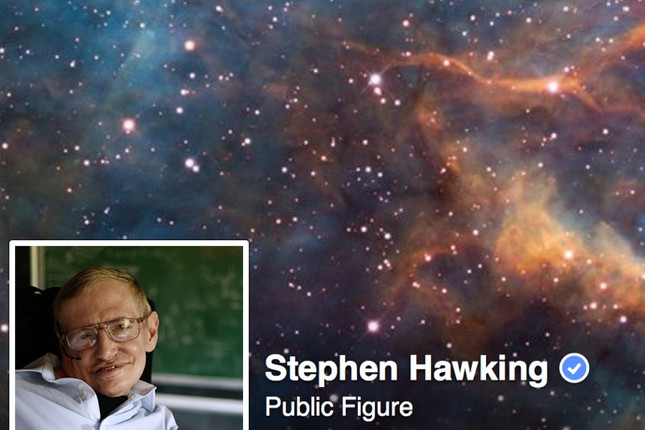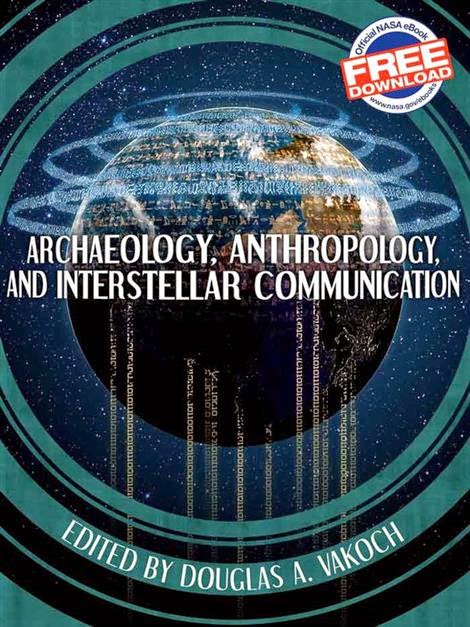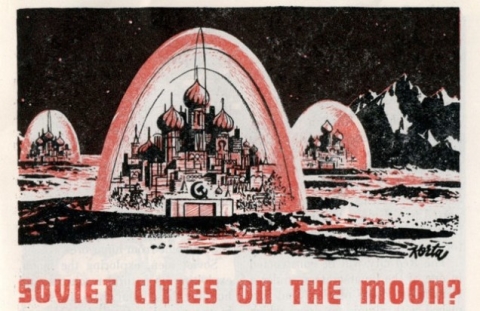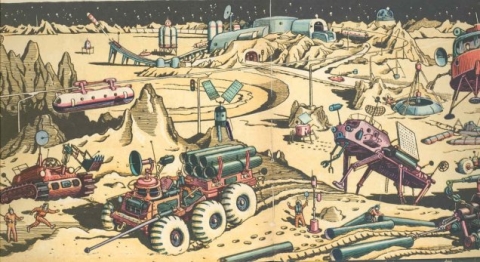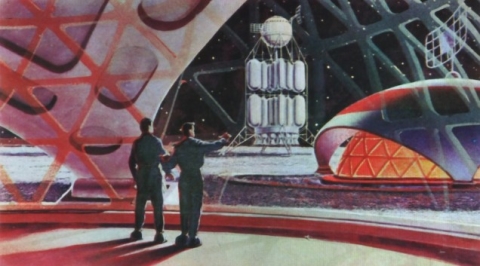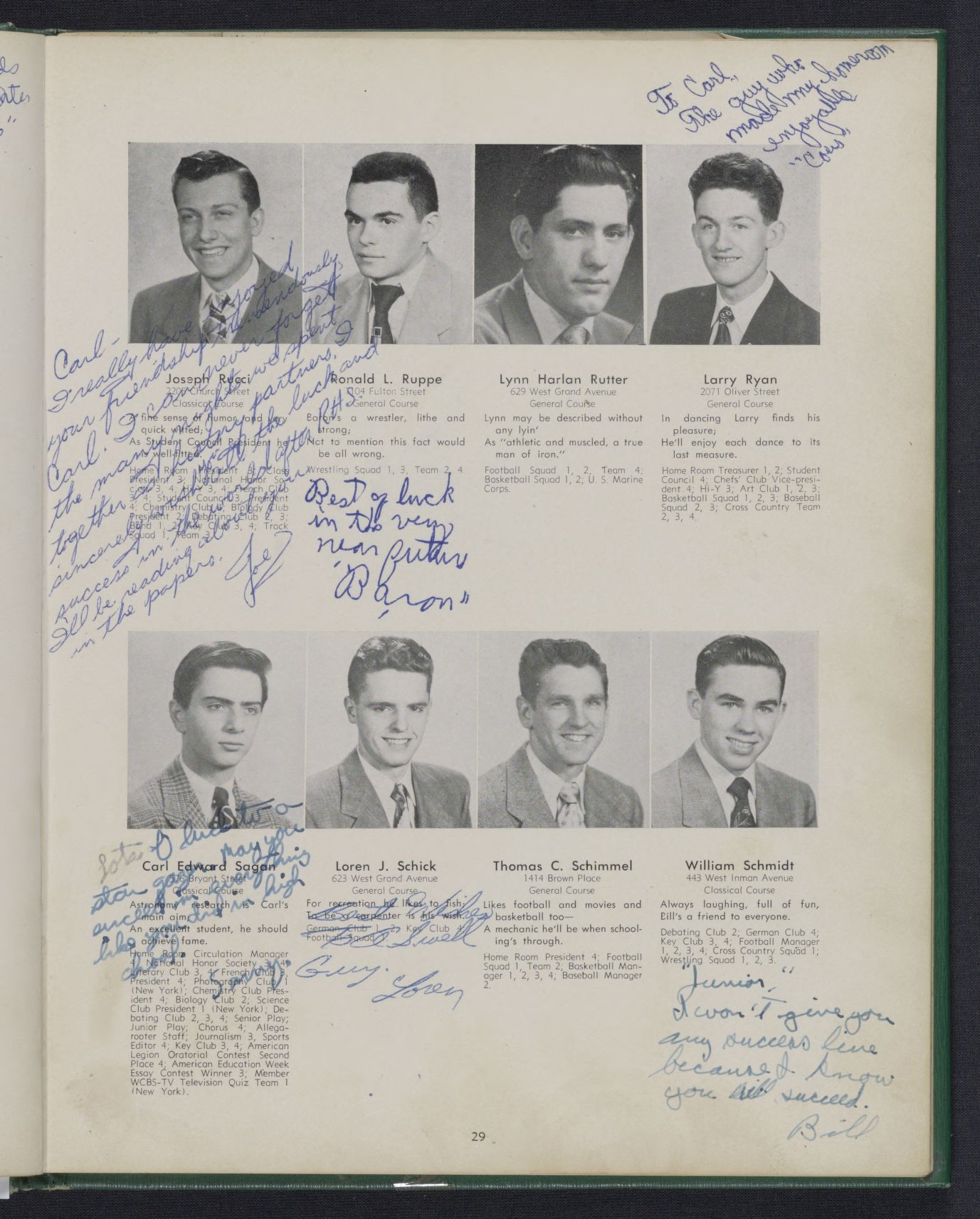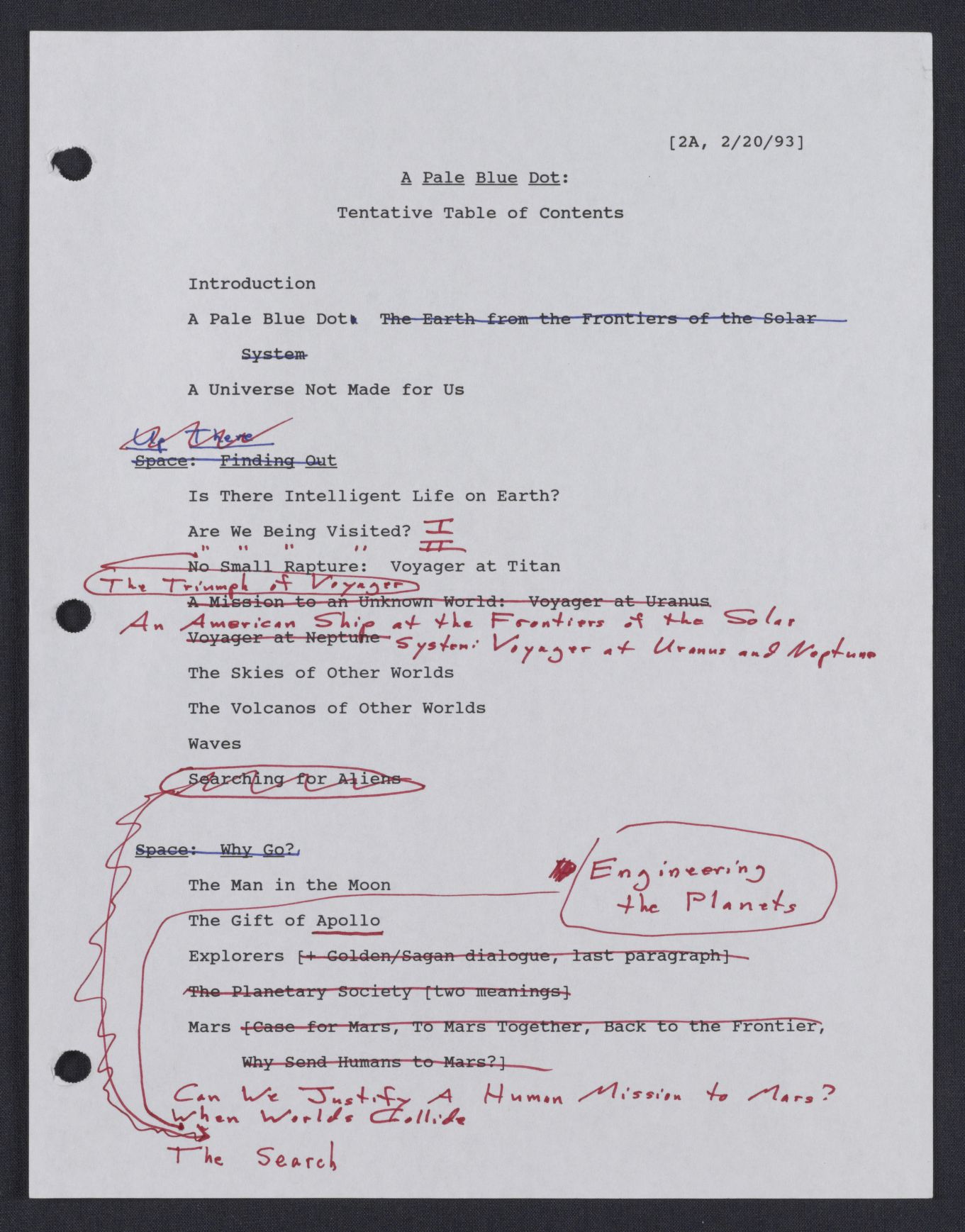Nobody likes the way an entire human life can get reduced to a sound bite, but even if you know absolutely nothing else about Carl Sagan, you know that he said the words “billions and billions.” Or rather, you think you know it; in reality (and in accordance with the “Play it again, Sam” principle), the famous astronomer and science popularizer never actually said quite those words on television. A posthumous essay collection used them as its title, but the public only latched on to the catchphrase — or catch half-phrase, anyway — in 1980, when Johnny Carson used it in a Tonight Show parody of Sagan’s broadcast persona. But if you want to hear the real Sagan invoking very large numbers in his characteristic intonation, have we got the video for you.
At the top of the post, you’ll find a supercut of each and every one of his uses of “million,” “billion,” “trillion,” and even “quadrillion” during the entirety of his acclaimed television series Cosmos — to a beat. Alternatively, using similar source material to an entirely different aesthetic end, the sound clip above contains just one instance of Sagan saying “billion” — but stretched out to an hour in length, which turns it into a sort of dronelike ambient music. A not just outward- but forward-thinking scientific visionary like Sagan surely understood more about what lies ahead for humanity than the rest of us do, but could he possibly have foreseen us using our technology for stuff like this? Still, he probably would’ve dug it.
Related Content:
Carl Sagan Presents Six Lectures on Earth, Mars & Our Solar System … For Kids (1977)
Carl Sagan Explains Evolution in an Eight-Minute Animation
Carl Sagan’s Undergrad Reading List: 40 Essential Texts for a Well-Rounded Thinker
Carl Sagan, Stephen Hawking & Arthur C. Clarke Discuss God, the Universe, and Everything Else
Colin Marshall hosts and produces Notebook on Cities and Culture as well as the video series The City in Cinema and writes essays on cities, language, Asia, and men’s style. He’s at work on a book about Los Angeles, A Los Angeles Primer. Follow him on Twitter at @colinmarshall or on Facebook.
